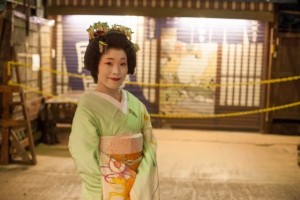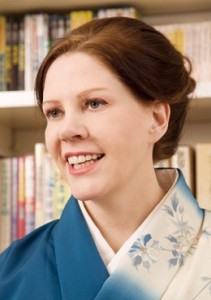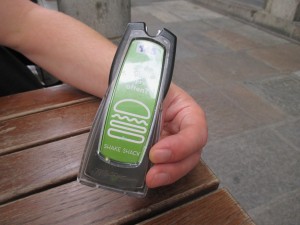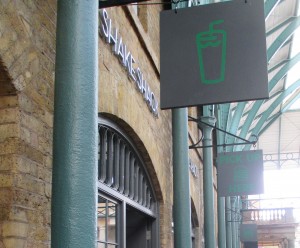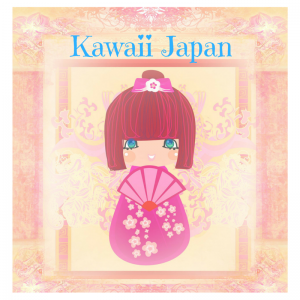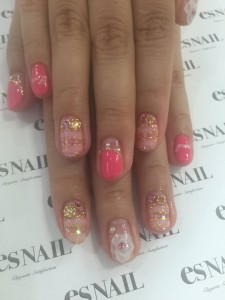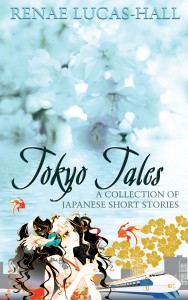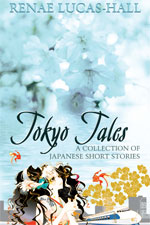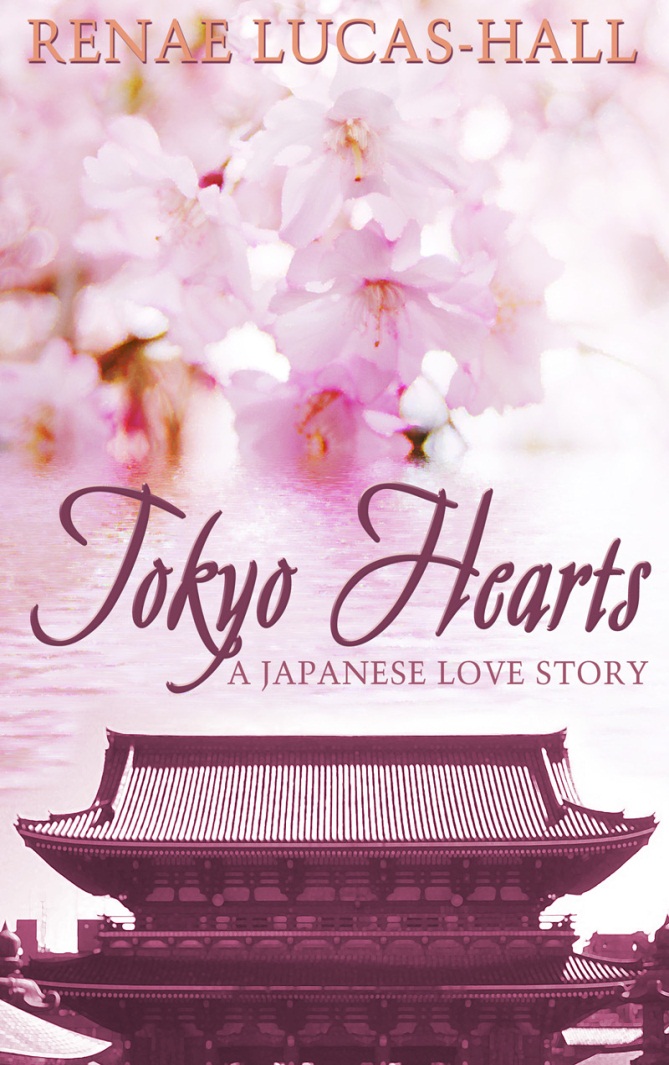I consider myself lucky, very lucky! I had the opportunity to start learning French and Italian when I was eleven years old at Genazzano FCJ College in Australia and my language teachers were good, in fact they were excellent. So much so that I decided to continue studying French and Italian and pick up a third language, Japanese, when I began my Bachelor of Arts Degree at Monash University in Melbourne. A few years later, I graduated with a BA in Japanese studies and I went to Japan with a great deal of enthusiasm to teach English in Tokyo. Decades later, I’ve travelled to more than ten countries all over the world and I’ve met thousands of people from different cultures and from all walks of life. I’ve heard their stories, listened to their gripes, and marvelled at their hopes and dreams as I’ve sat beside them trying to understand what they’re trying to share with me in their native language or in broken English. Would I have been inspired to meet so many people and visit so many places if I hadn’t learnt several languages? I don’t think so! Below are 5 reasons why I think you should learn a second language. I hope this list will inspire you to expand your horizons, both literally and figuratively.

1. You’ll broaden your mind: It’s great to travel but it’s even better to be able to understand what other people are saying in different countries. If you learn Japanese, or any other language, you’ll be able to appreciate why people behave in a certain way and how much a language can influence that particular culture. Basically, you’ll be able to interact with people in foreign countries so much more if you speak their language and this will allow you to understand how the world works collectively rather than as separate countries with their own sets of rules and customs. You’ll also have the skills to educate people in your own country about other cultures. You’ll be able explain to them in an intelligent and educated way why foreign people, their customs, and their actions and opinions are so different from your own.
2. You’ll be less discriminating and a much nicer person: As you’re probably aware, the Brexit situation in the UK has had a global impact but closer to home in the UK there has also been a considerable rise in post-Brexit hate crime. This crime has developed from a lack of understanding towards other cultures, as well as misinformation and poor education, and obviously downright discrimination and racism. When you travel to other countries or if you live in another country like Japan, you are forced to adapt to their way of living and you become the foreigner. You quickly adapt to avoid possible confrontations and you realise a lot of your fears are unfounded when you learn the language and discover why other cultures behave differently compared to your own culture. If more people in the UK advocating hate crime were able to speak more languages and understand other cultures and the struggles many people face every day, then this could greatly reduce the number of people involved in hate crime and it would make these people generally much nicer human beings.
3. You’ll be prepared for international work opportunities and you’ll have lots of international friends: Even though many people go to university, graduates often find it’s difficult to get their dream job in their own country. If you add a second language to the mix, you’ll be able to work in a variety of countries all over the world. You may even get a much better job than your peers who don’t speak a foreign language. Lots of people go to Japan to teach English even though they don’t speak the Japanese language. When these teachers get bored of their English teaching position they often return to their own countries. If you speak Japanese there are a lot of other jobs available to expats in Japan besides teaching, even with basic Japanese language skills. In fact, there are international positions available all the time for people who speak a second language so you can greatly improve your job prospects and at the same time live in different places all over the world. Also, think of all the friends you’ll make from all corners of the globe!

4. You’ll save lots of money and experience the real Japan: My husband and I are planning another trip to Japan next year and this time we thought it would be a good idea to book a hotel in Roppongi, an area where there are lots of foreigners so Roy wouldn’t feel as alienated as he did on the last trip (because he doesn’t speak Japanese), but we’ve changed our minds. We realised every restaurant and café surrounding the hotels in Roppongi would be three times more expensive than anywhere else. Any restaurant/bar/café in Japan that caters for foreigners with English menus and English speaking staff is always going to cost you a lot more than places that are set up for the locals. My husband loves the fact I speak Japanese and he really enjoyed visiting Tokyo and the Kansai area during our last trip to Japan. He thought it was great that we could go anywhere in Japan without any problems because of my language skills. Next year, we’ve decided we’re going to save ourselves some money and mix with the locals again instead of eating at foreigner-friendly restaurants. I’m sure we’ll have even more opportunities to experience the real Japan.
5. Learning a second language will increase your appreciation of the English language: Many years ago, I thought my favourite language was Japanese. It’s just such a fascinating language and the structure of the Japanese language really encourages you to think of others and their needs and wants rather than your own. However, I now live in the UK and I write books and I also read extensively in English. Knowing other languages, how they work, and how they impact different people and different countries all over the world has made me so proud of my native language. Don’t get me wrong, I’m not a literature snob who only reads the classics and The Times newspaper on the weekend, I do occasionally flick through a Closer magazine or Marie Claire at the hairdressers, but every time I read books by William Shakespeare, Charles Dickens, and Jane Austen I feel incredibly proud and privileged that I can understand their true worth and appreciate their pure genius because I’m a native English speaker. I’m also a big fan of popular fiction and indie books, especially if they’re Japan-related. Admittedly, I do try to watch and listen to a lot of material on the internet in the Japanese language. I end up juggling my time between keeping up my foreign language skills and writing and reading as many books as I can in English. To summarize, I know deep down I would never love the English language as much as I do now if I hadn’t learnt and continue to learn other languages and for that reason I highly recommend learning a second language, if only to develop an incredible appreciation for your own language and your very own unique culture.
……………………….
I’d just like to add a very special thank you to Mrs Horrigan, my French teacher at Genazzano. This wonderful teacher truly inspired every student in all of her classes to enjoy learning the French language. Mrs Horrigan was quite strict but she was an excellent teacher and she definitely passed on to all of us her love of the French language and the beauty of the French culture and its customs. Mrs Horrigan really inspired me to spend the rest of my life learning languages and I’ll always appreciate this.










